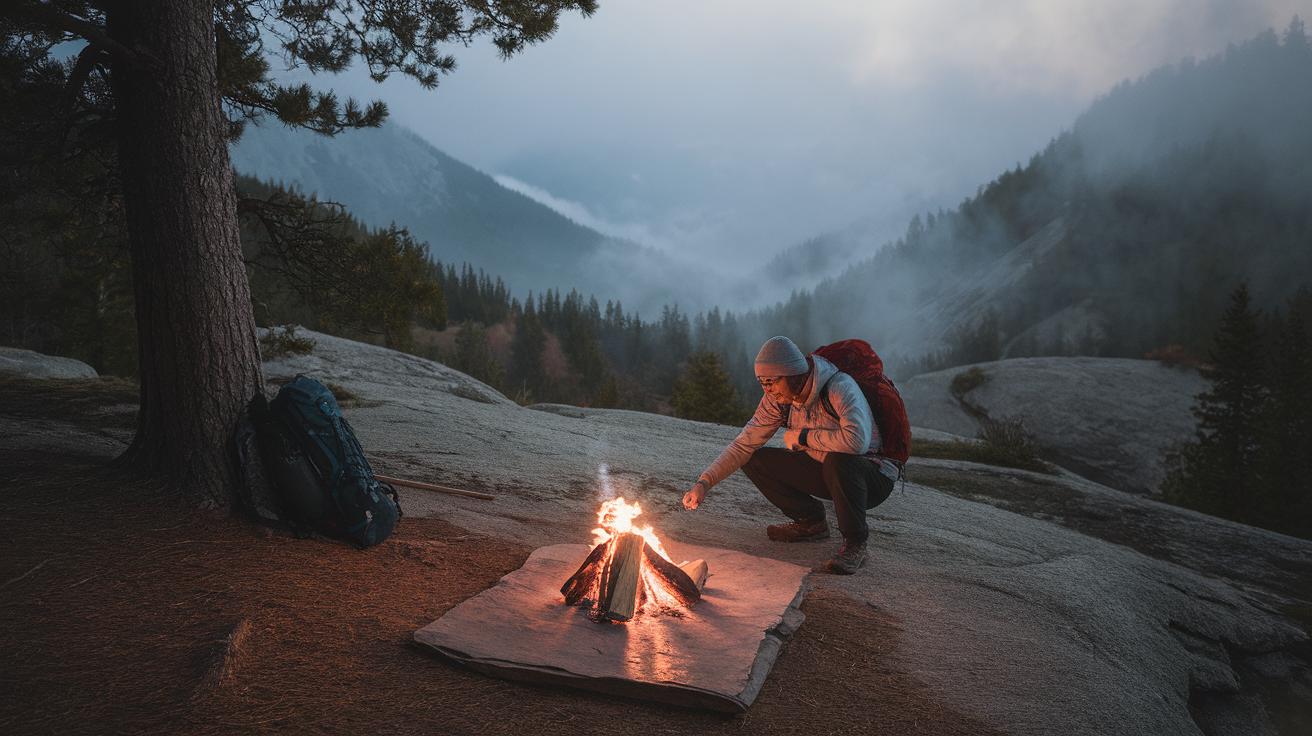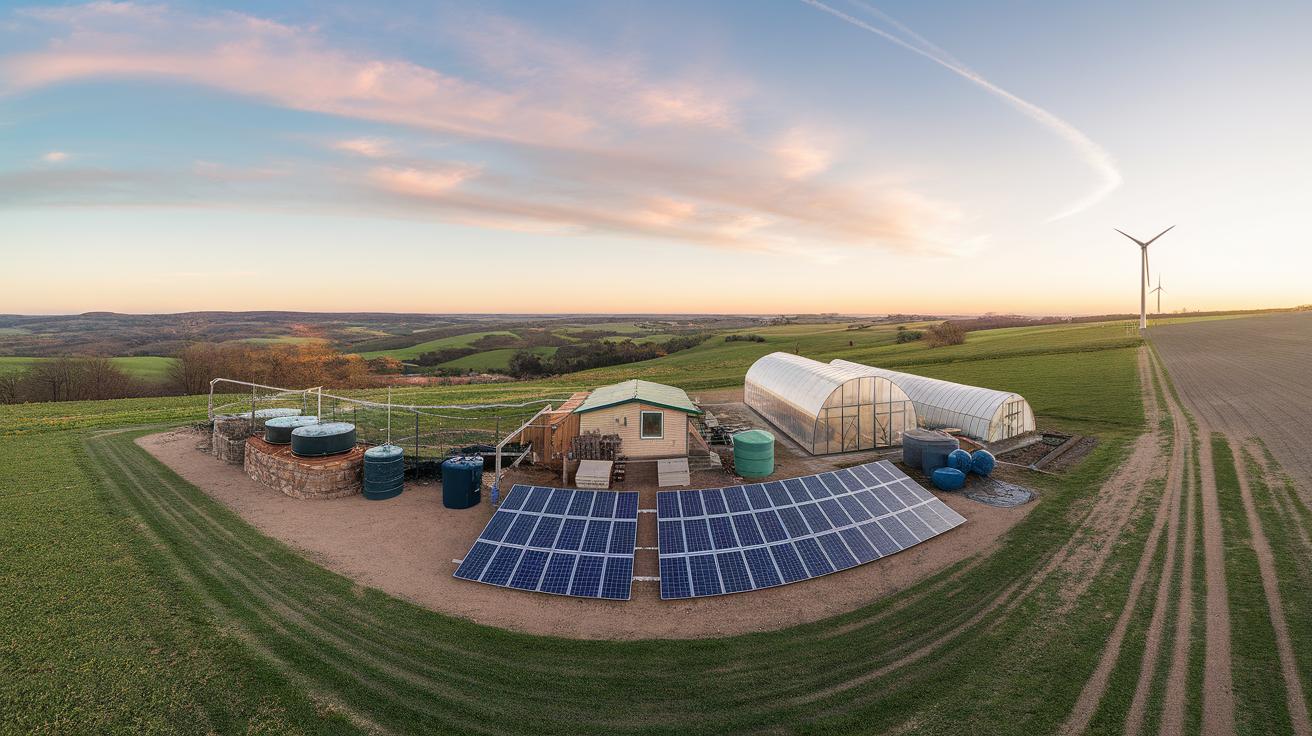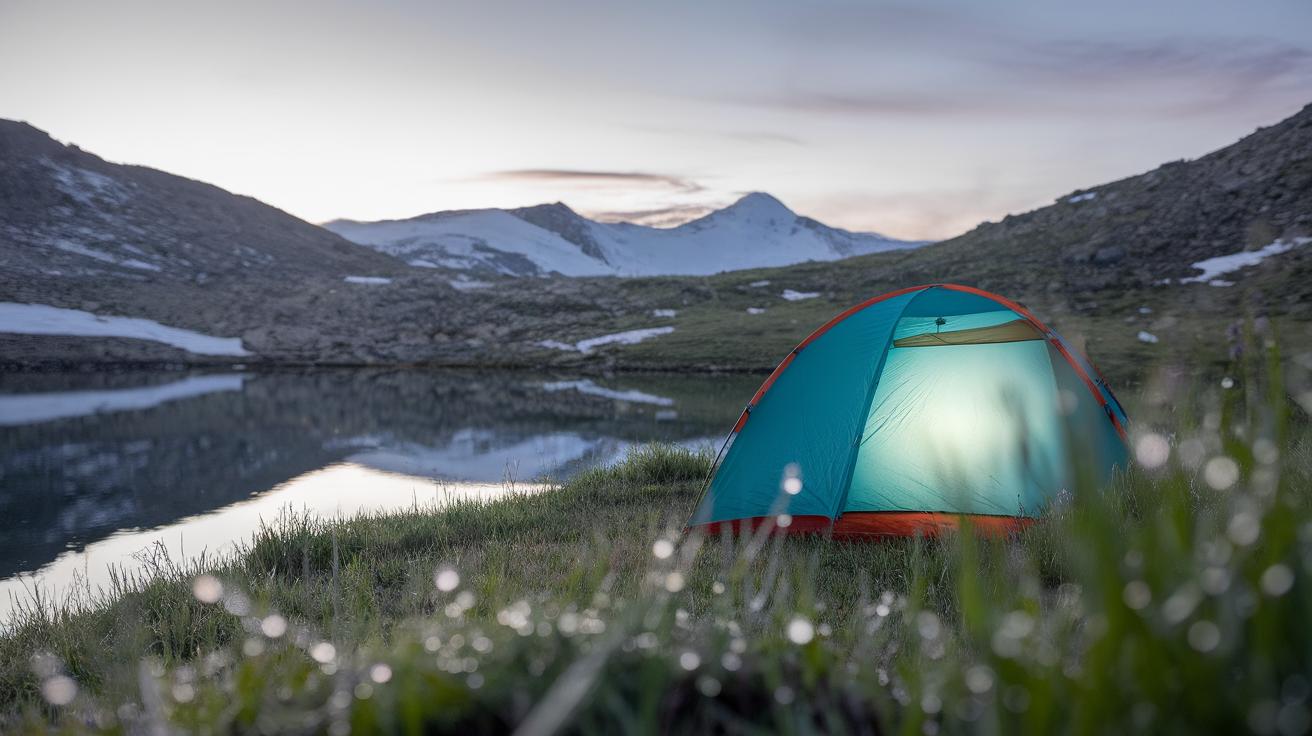Introduction
In an unpredictable world, having survival skills becomes vital for anyone venturing into the wild. Understanding how to navigate challenges can make a significant difference in life-threatening situations. This article presents essential survival life hacks that equip you with the knowledge and skills to not only survive but thrive outdoors. By honing these skills, you empower yourself to tackle unexpected challenges with confidence.
Outdoor resilience involves understanding your environment and adapting to its demands. Practical techniques in survival can include fire-starting methods, locating food, and building shelters. This article explores these hacks in detail, providing valuable insights for adventurers, campers, and outdoor enthusiasts alike. Embrace the wisdom shared here to turn potential emergencies into manageable adventures, enhancing your outdoor experience for years to come.
Understanding Survival Basics Mastering the Mindset for Outdoor Resilience
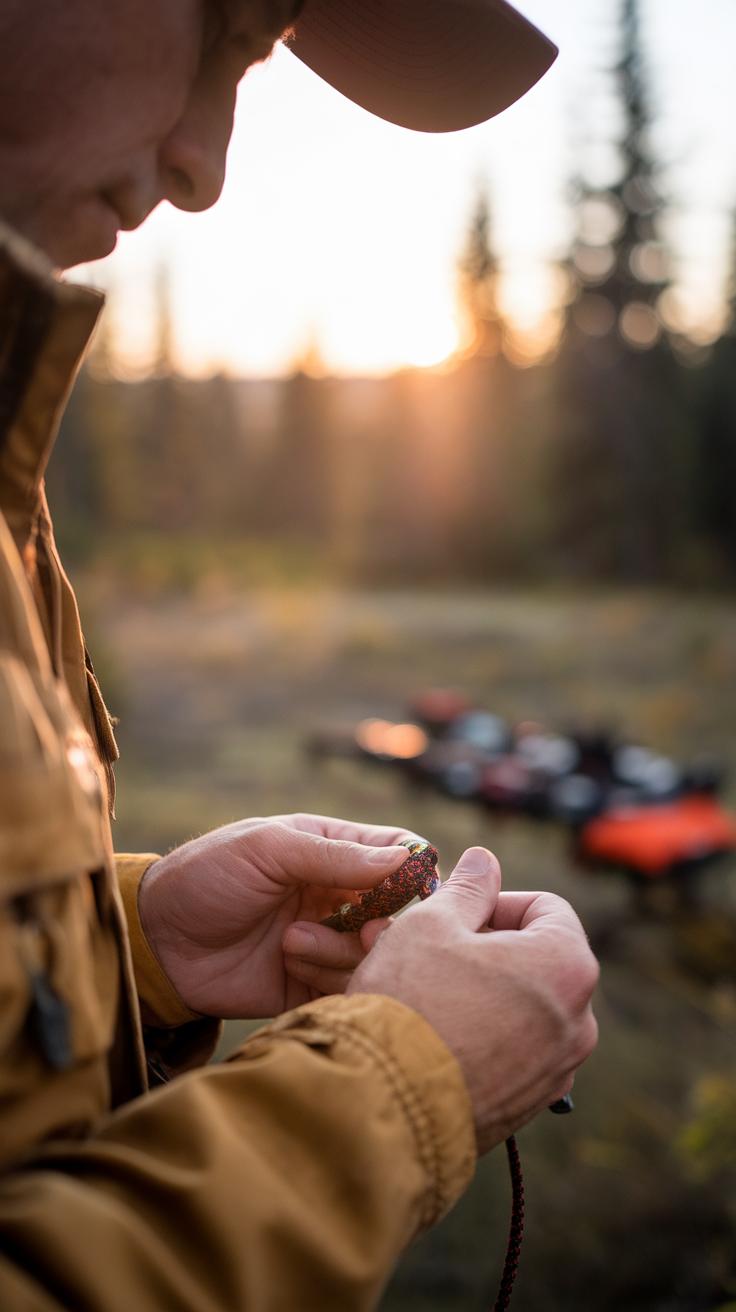
Survival starts with the right mindset. Stay calm and focused, even in tough situations. Panic can cloud your judgment and lead to poor decisions. Develop the ability to think critically when faced with challenges. Situational awareness plays a vital role in this process. Observe your surroundings closely. Note possible hazards, resources, and shelter options as you navigate through the wilderness.
Preparation is equally crucial. Equip yourself with essential gear and supplies. Always check the weather before heading outdoors. Carry a map, compass, water purification system, and a first aid kit. Each item serves a purpose in ensuring your safety. When you pack thoughtfully, you increase your chances of thriving in the wild. Remember, knowing what to do before an emergency arises can make all the difference.
The Importance of Assessment and Adaptability
Assess your skills and the environment continuously. Understand your strengths and weaknesses, and adapt as situations unfold. If you encounter an unexpected challenge, reevaluate your plan and consider alternative solutions. Your ability to adjust can determine your survival success. Cultivating a proactive and resilient mindset empowers you to tackle any obstacle in the outdoors. Never underestimate the power of preparation and mental readiness when facing the wilderness.
Fire Making Techniques Essential Skills for Outdoor Resilience
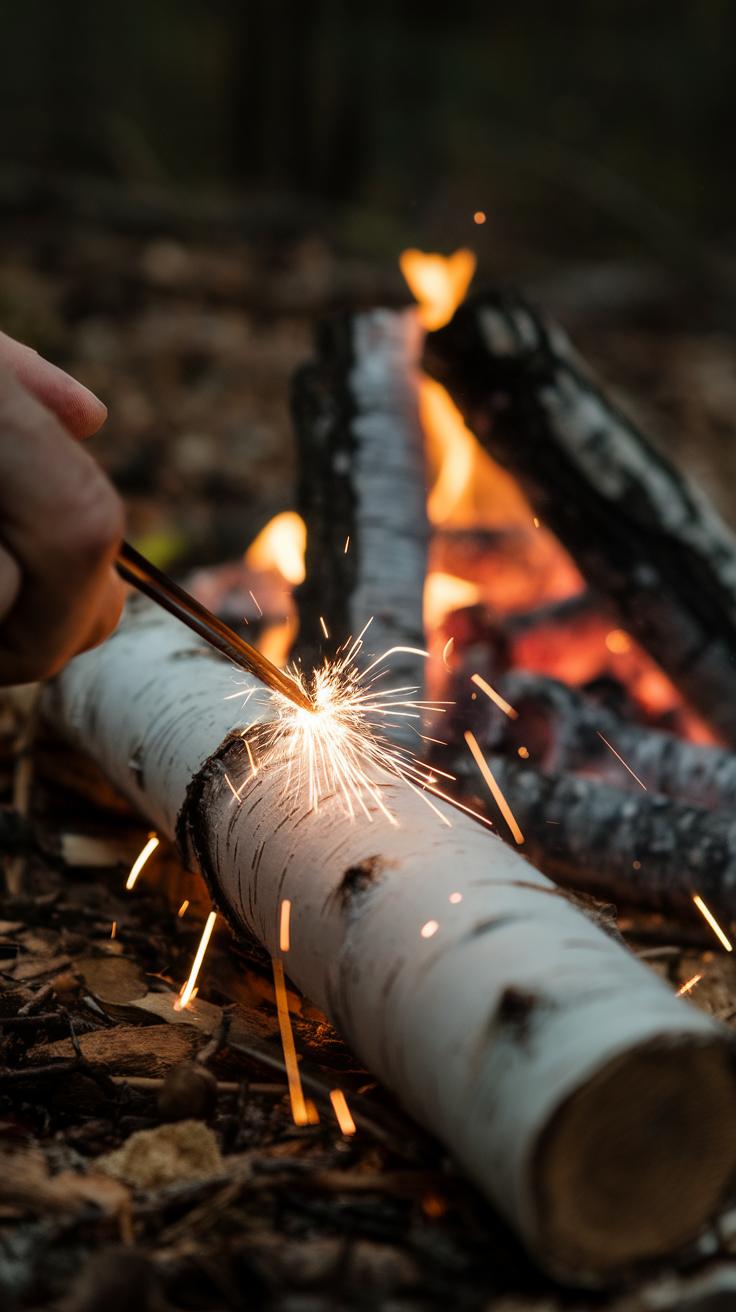
Mastering Fire with Friction and Natural Materials
People often rely on the friction method for fire-making when they lack modern tools. Use a sturdy piece of wood called a spindle and a baseboard. Start by creating a small notch in the baseboard and place dry tinder nearby. Spin the spindle rapidly while applying downward pressure. The friction generates heat, which can ignite fine materials like dry leaves or grass. Patience is key here; it may take several tries to catch a spark.
Using Flint, Steel, and Other Tools
Flint and steel provide a reliable fire-making method. Strike the steel against flint to produce sparks. Aim for your tinder while ensuring the sparks land directly on it. Collect suitable tinder like dry bark or cotton balls to enhance your chances of success. Always practice this technique before heading into the wild, as familiarity improves confidence and efficiency in emergency situations.
Harnessing Sunlight with Magnifying Glasses
A magnifying glass can create a focused beam of sunlight to ignite tinder efficiently. Hold the lens between the sun and your chosen tinder, adjusting the angle until the light creates a small hotspot. When your tinder begins to smolder, gently blow on it to foster flames. This technique works best on sunny days, so adapt your fire-making strategy to the weather conditions you face outdoors.
Finding and Purifying Water Essential Survival Life Hacks for Outdoor Resilience
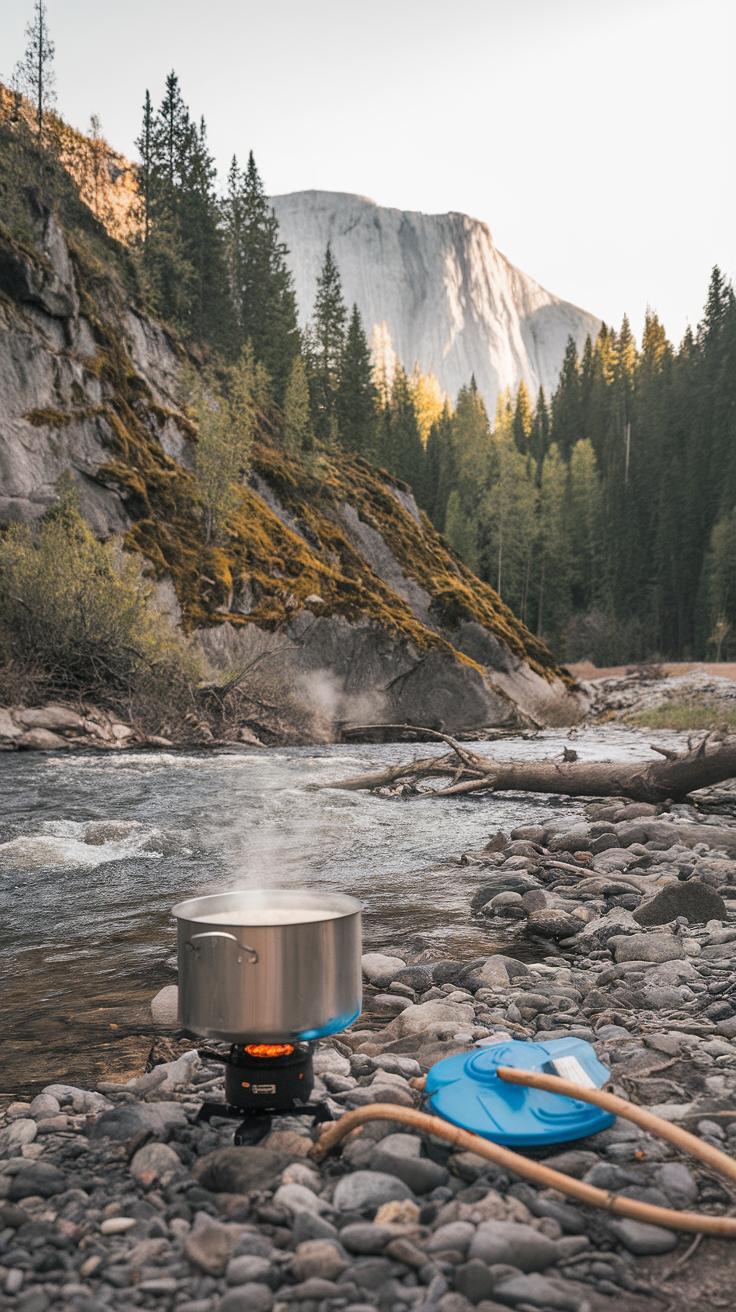
Locating Water Sources in the Wild
Finding water in the wilderness requires keen observation and knowledge. Look for signs like animal tracks or lush vegetation, which often indicate nearby water sources. Streams and rivers usually flow downhill, so hike toward lower elevations. Rainwater collection can also work; use containers to gather rain when storms are nearby. In deserts, dig in sandy areas where the ground feels moist. Searching underneath rocks or vegetation can reveal hidden moisture. Always stay vigilant as dehydration can cause fatigue and impair judgment.
Purifying Water for Safe Drinking
After locating water, purifying it becomes crucial. Boiling stands as the most reliable method; heat water at a rolling boil for at least one minute to kill harmful bacteria and parasites. If boiling isn’t possible, filtration methods can help. Use a cloth or coffee filter to remove debris. For a more advanced method, create a simple water filter by layering sand, charcoal, and gravel inside a container. Always carry water purification tablets as an alternative; they offer a quick way to ensure your water is safe. Staying hydrated plays a vital role in maintaining your strength and clarity in survival situations.
Shelter Building Skills Creating Natural Protection
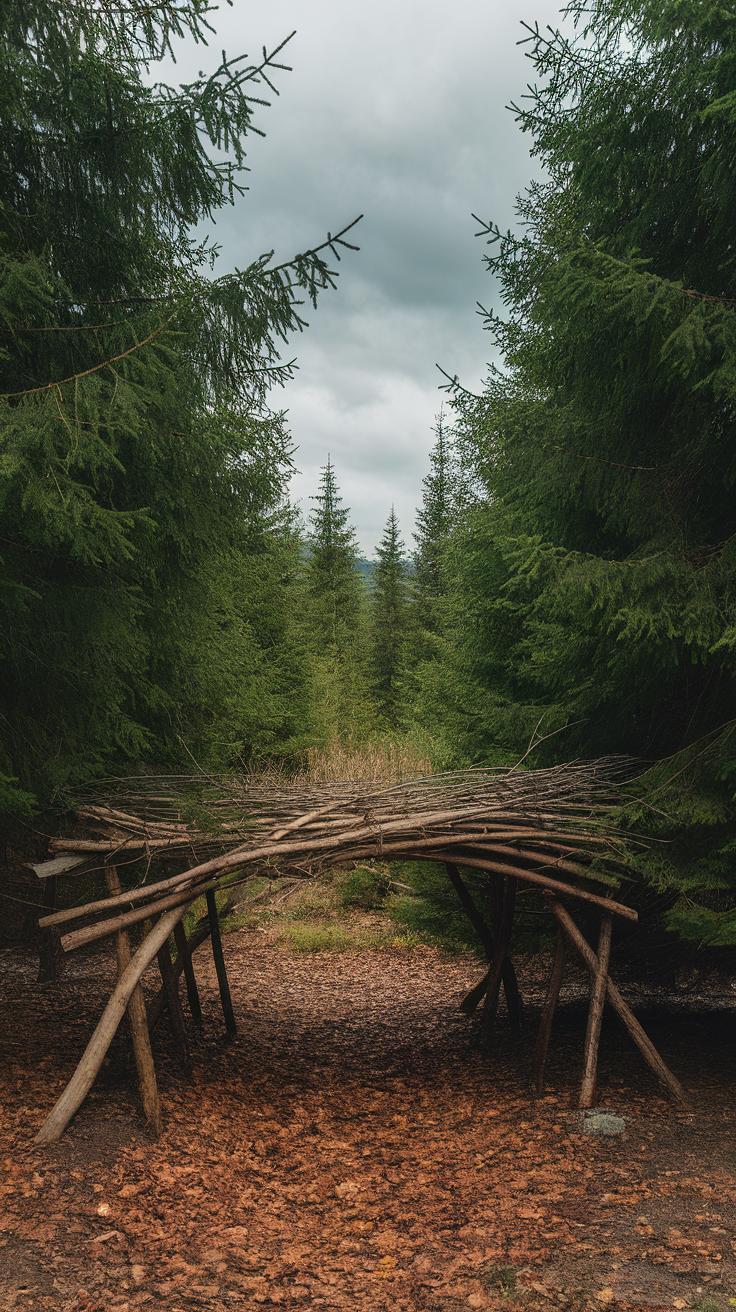
Forest Shelters
Constructing a shelter in a forest requires using available materials like branches, leaves, and logs. Start by choosing a sturdy tree as a frame for your shelter. Build a simple A-frame by leaning long branches against the tree at an angle. Cover the frame with smaller branches and leaves to create a waterproof roof. Ensure you leave an opening for entry. Pile dry leaves or grass on the ground for insulation and comfort. This design protects you from rain and wind, giving you a safe spot to rest. Always check for falling branches when selecting locations.
Desert Shelters
Building a shelter in the desert poses different challenges due to heat and sandstorms. Seek a shaded area behind a rock or a natural rise in the terrain. Use large rocks to create a wall, leaving a gap for ventilation. Cover the open side with a sunshade made from a tarp or large cloth if you have it. Incorporate branches to create a barrier against flying sand. This structure will keep you cooler during the day and safer from the harsh winds. Stay hydrated while you work to avoid the dangers of heat.
Navigating with Nature Using Natural Indicators for Outdoor Resilience
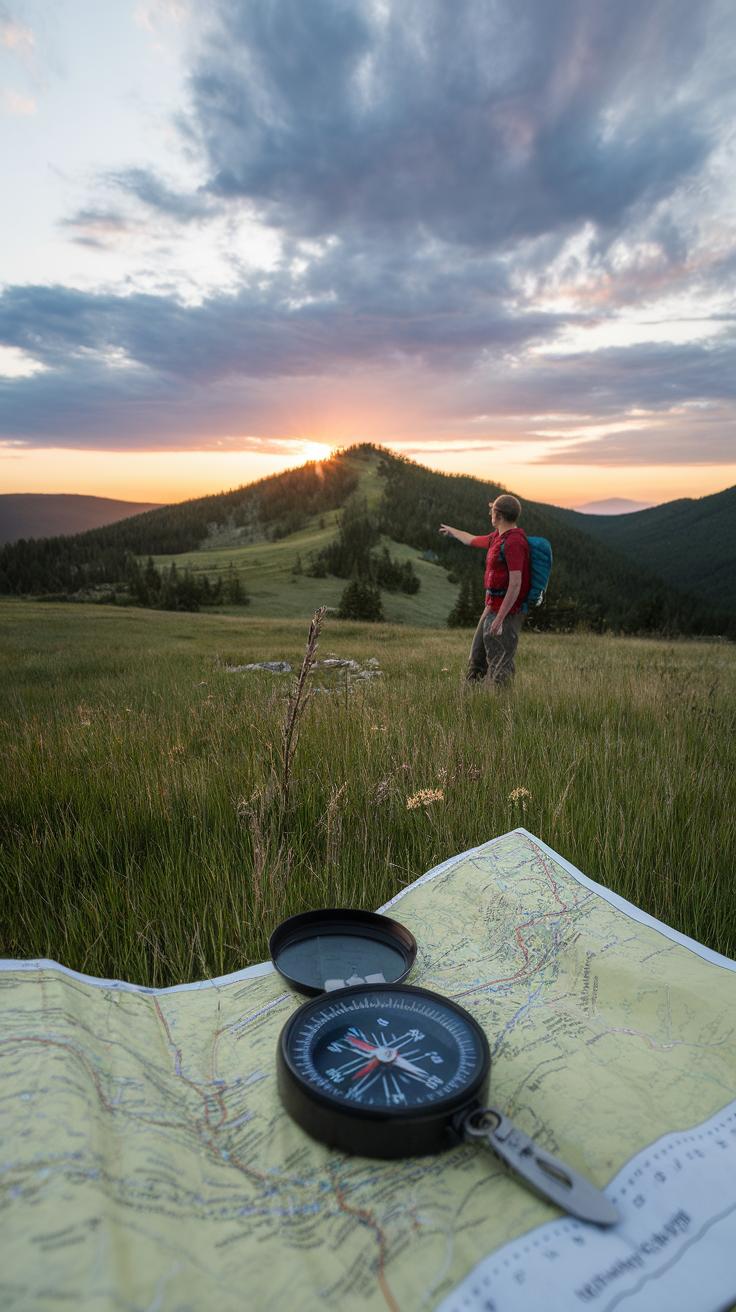
Sun and Stars as Guides
Many people can find their way using the sun and stars. During the day, the sun rises in the east and sets in the west. This simple rule helps determine direction. When the sun is high, shadows point north in the northern hemisphere. At night, the North Star offers a reliable guide. Locate the Big Dipper; the two stars at the end of its bowl point towards the North Star, guiding you north. In the southern hemisphere, the Southern Cross helps find south.
Nature’s Cues
Observe nature to gain more navigational aids. Trees often grow thicker on the southern side in the northern hemisphere due to sunlight. Streams flow downhill, leading you to larger water bodies. Animal trails indicate paths to food and water sources. Pay attention to the wind; it can show seasonal changes and general direction. Learning these cues cultivates outdoor resilience, enabling you to explore with confidence.
Foraging for Food Finding Edible Plants and Mushrooms for Outdoor Resilience
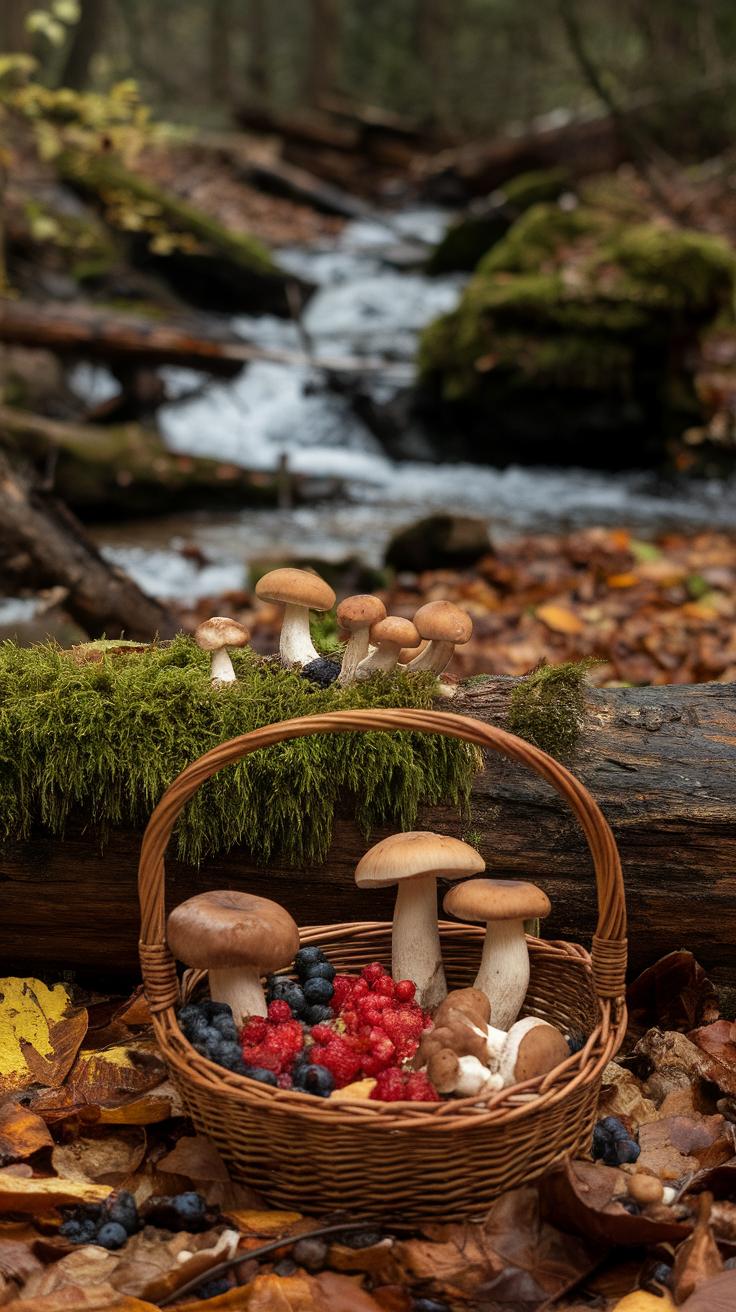
Understanding Edible Plants
Knowing how to forage for food can keep you nourished during outdoor adventures. Start by learning about local edible plants. Common examples include dandelions, clover, and plantain. Identify these by their leaves, flowers, and growth patterns. Always remember that some plants look similar to harmful varieties. Use a reliable field guide or smartphone app to verify before consuming anything. Local workshops can also help deepen your knowledge. Observing plants in their natural surroundings teaches you which ones grow together, making foraging easier.
Identifying Safe Mushrooms
Mushroom foraging poses particular risks, so approach it with caution. Many edible mushrooms have toxic lookalikes. Focus on learning key features of safe varieties like chanterelles and morels. Look for characters such as color, shape, and habitat. Always pick mushrooms away from roadsides and polluted areas. When unsure, seek advice from an expert mycologist or attend foraging workshops. Cooking mushrooms thoroughly can also help neutralize some toxins, but avoid consuming suspicious varieties altogether. Remember, safety first when foraging in the wild.
First Aid Essentials for the Outdoors
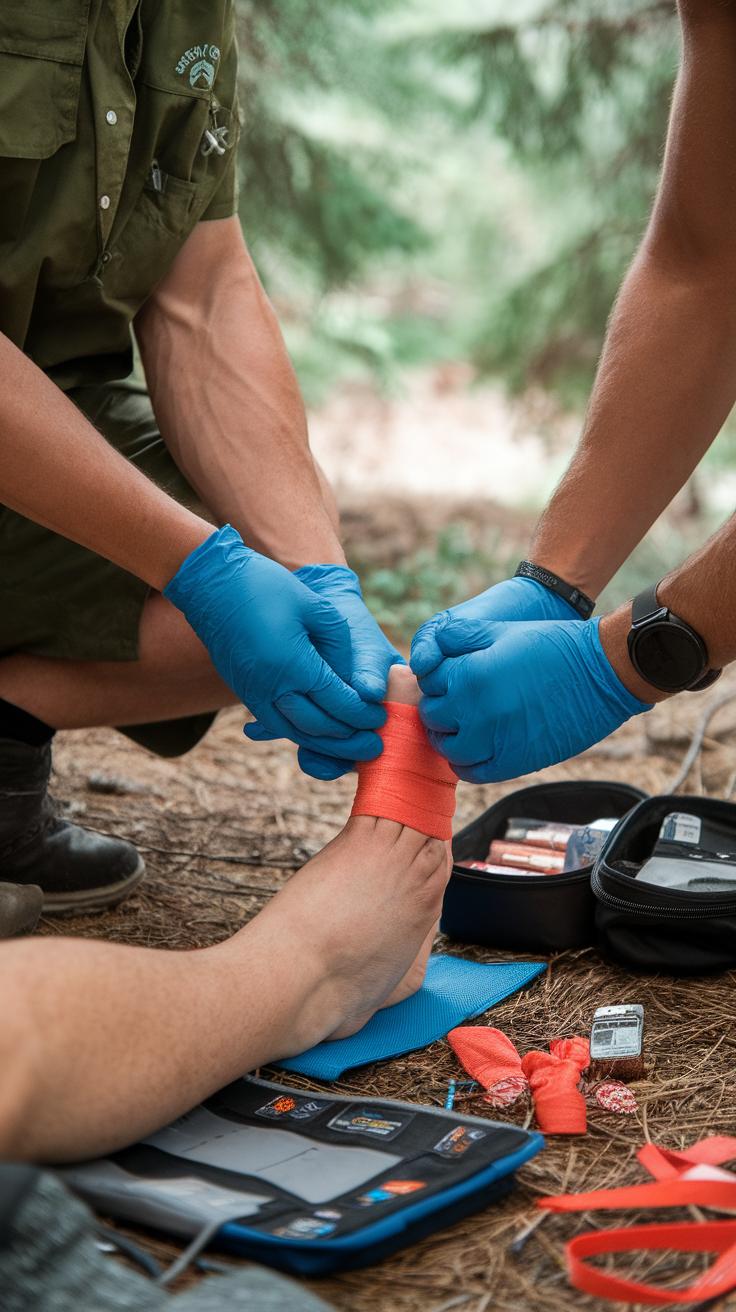
Basic First Aid Skills
Knowing first aid skills can save lives during outdoor adventures. Learn how to assess injuries and apply basic treatments. Start with the ABCs: check Airway, Breathing, and Circulation. For cuts and scrapes, clean the wound with water and cover it with a sterile bandage. Treat sprains with the R.I.C.E method: Rest, Ice, Compress, and Elevate. If you encounter a snake bite, stay calm and keep the affected area still. Seek help immediately.
Essential First Aid Items
Always carry a well-stocked first aid kit when heading out. Include adhesive bandages, antiseptic wipes, gauze, and medical tape. A pair of tweezers helps remove splinters or ticks. Pack pain relievers like ibuprofen and any personal medications. A triangular bandage offers flexibility for slings or dressings. Add a whistle for emergencies. Learning to use these tools gives you confidence during unexpected situations, keeping you safe while you enjoy nature.
Emergency Signaling Techniques for Outdoor Resilience
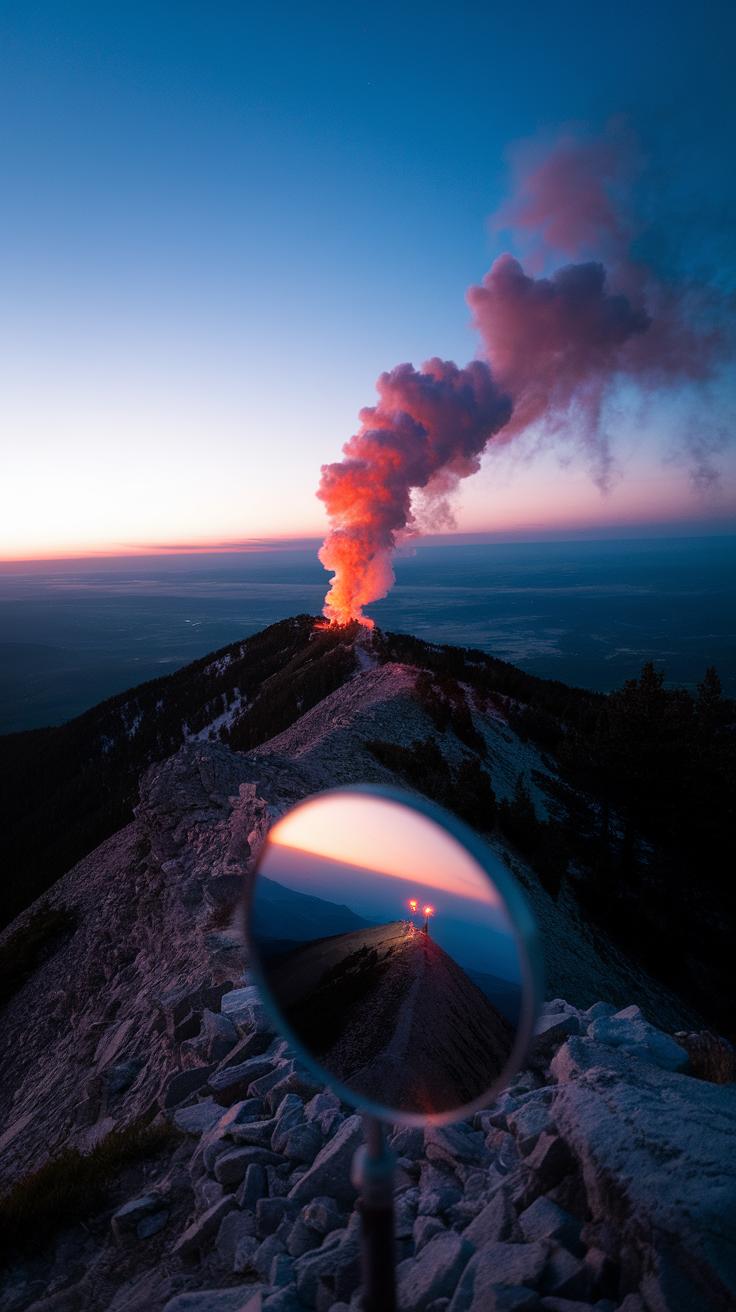
Effective Methods to Signal for Help
In an emergency, signaling for help becomes your top priority. Whistles provide a simple yet effective solution. The loud sound travels far, making them useful in outdoors settings. You can blow three short blasts to signal distress, as this pattern is universally recognized. Carrying a whistle on your gear ensures you always have it ready.
Mirrors serve as another valuable tool. To use a mirror for signaling, position it to reflect sunlight towards potential rescuers. Aim for their direction, and move the mirror to catch the light in their view. This technique can alert searchers from miles away when other sounds don’t reach them. Always include these signaling tools in your outdoor kit to enhance your chances of being rescued.
The Power of Visual Signals
Creating visible signals can assist in drawing attention to your location. When you spot a clearing, arrange rocks or sticks in a large shape, such as an “SOS” or an arrow pointing to your position. Bright clothing draped over branches can also serve as a visual marker. Use colorful gear whenever possible to stand out against the natural surroundings.
These signaling methods increase your chances of survival by making it easier for rescuers to find you. Keep these techniques in mind as you venture into the wild to ensure you are prepared for any unexpected situation.
Staying Safe in the Wild Essential Survival Life Hacks for Outdoor Resilience
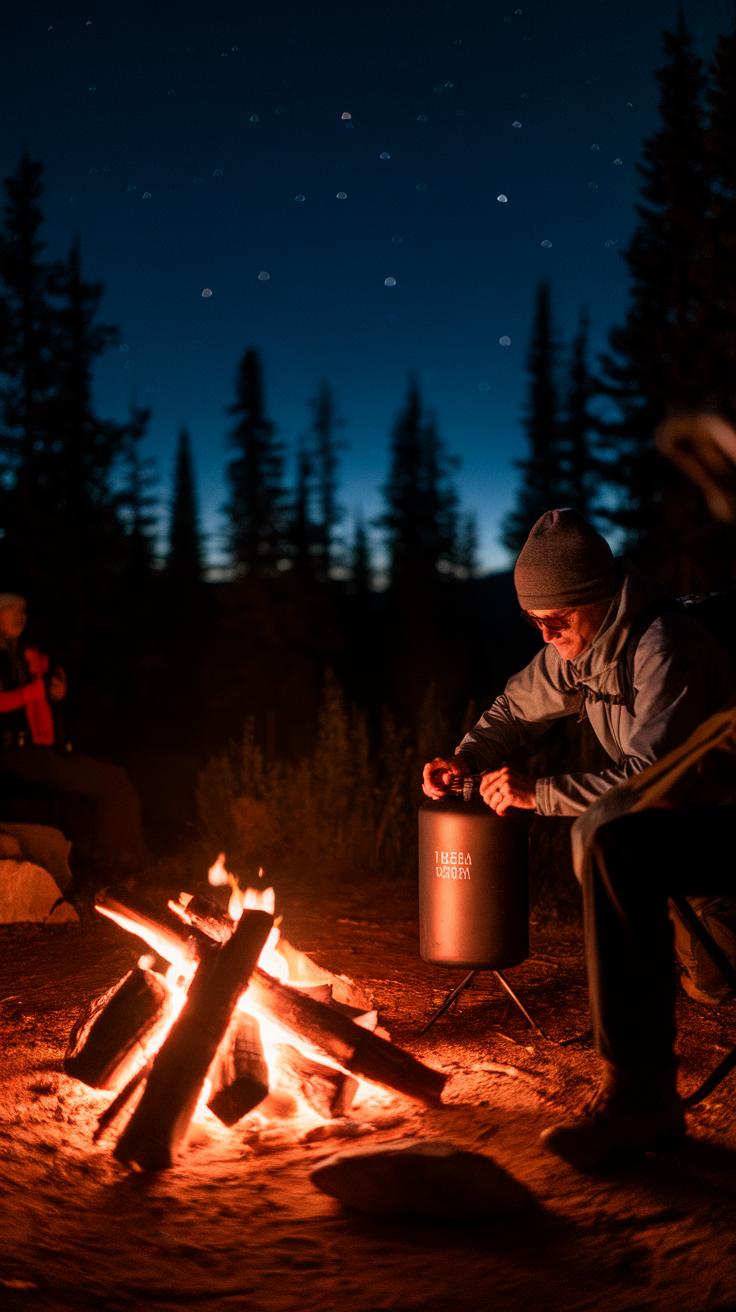
Safety Precautions for Outdoor Enthusiasts
Outdoor enthusiasts must take safety precautions to guard against various environmental hazards. Begin by dressing correctly for the weather. Choose moisture-wicking clothes and layers that provide warmth without bulk. Protect against sun exposure by applying sunscreen, wearing hats, and using sunglasses. Always carry enough water and snacks to maintain energy levels in case of delays.
Know the area before you go. Study maps and understand the terrain and available resources. Communicate your plans to someone before heading out, so others know where to find you. Carry a first aid kit and know basic first aid skills to handle injuries or illnesses. Familiarize yourself with local wildlife, especially dangerous species, and learn how to react if you encounter them. Be aware of changing weather conditions, as they can turn dangerous quickly.
Conclusions
Survival strategies equip individuals with essential skills to navigate the unpredictable nature of the great outdoors. As we explored essential survival life hacks, it became evident how preparation lays the foundation for successful outdoor experiences. From fire-making techniques to the art of foraging, these hacks prepare adventurers for a range of scenarios they may encounter while exploring nature.
Learning and practicing these techniques instills confidence and independence. By absorbing the knowledge from this guide, you enhance not only your survival skills but also your enjoyment of outdoor adventures. Use these essential tips to foster resilience and ensure that each journey into the wild becomes an empowering experience, filled with memorable lessons and incredible stories.


